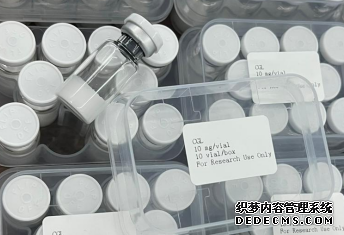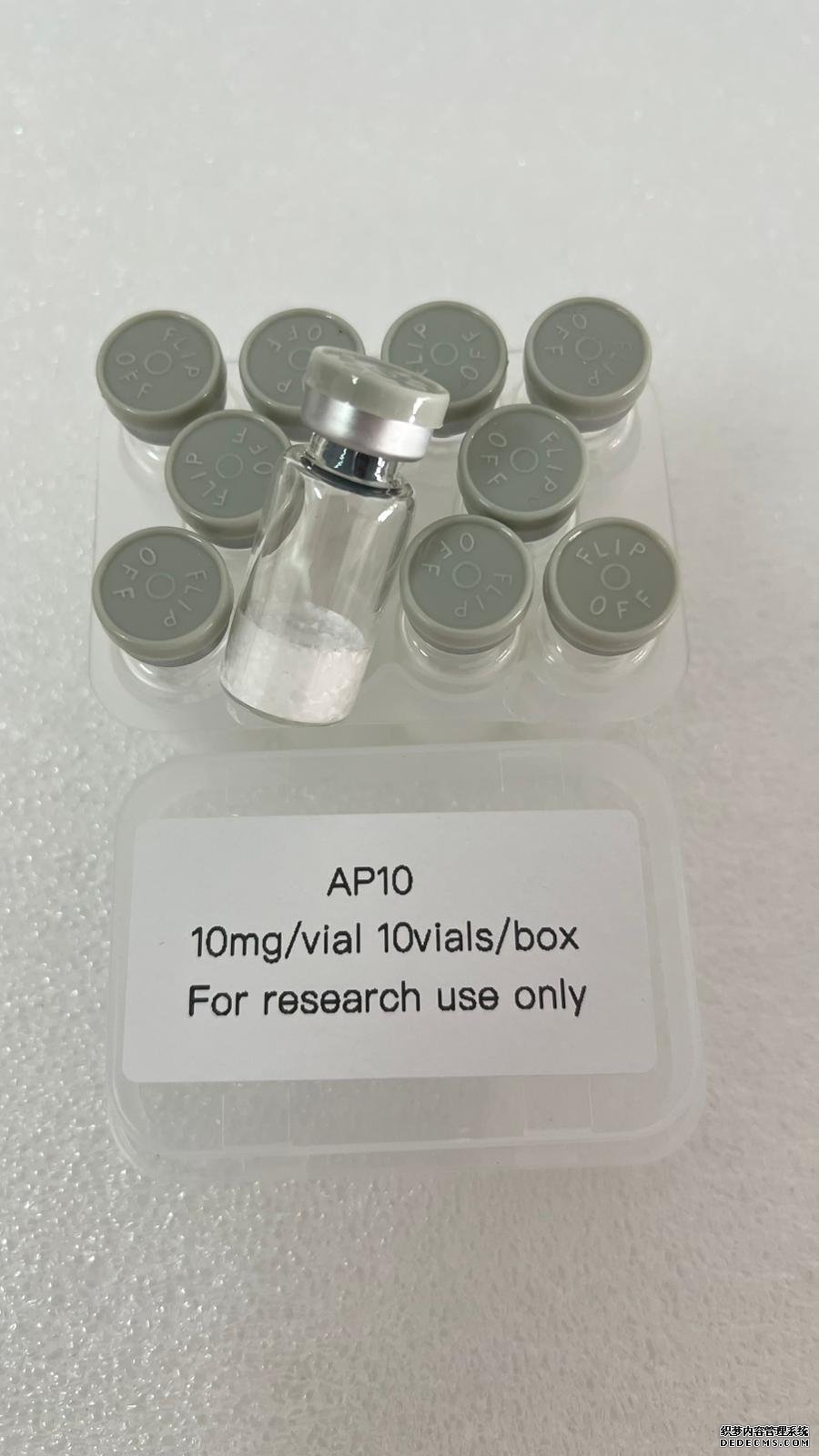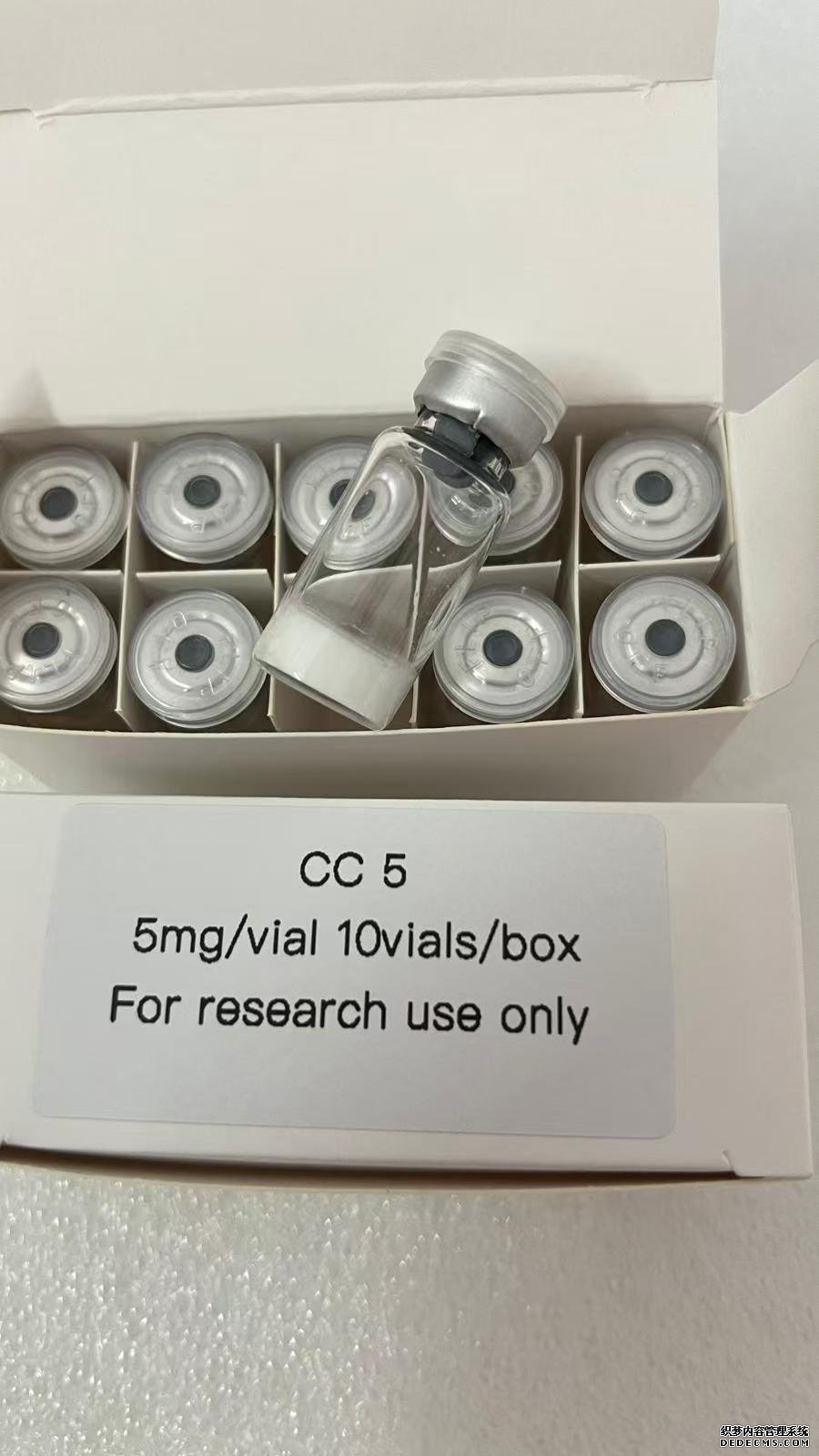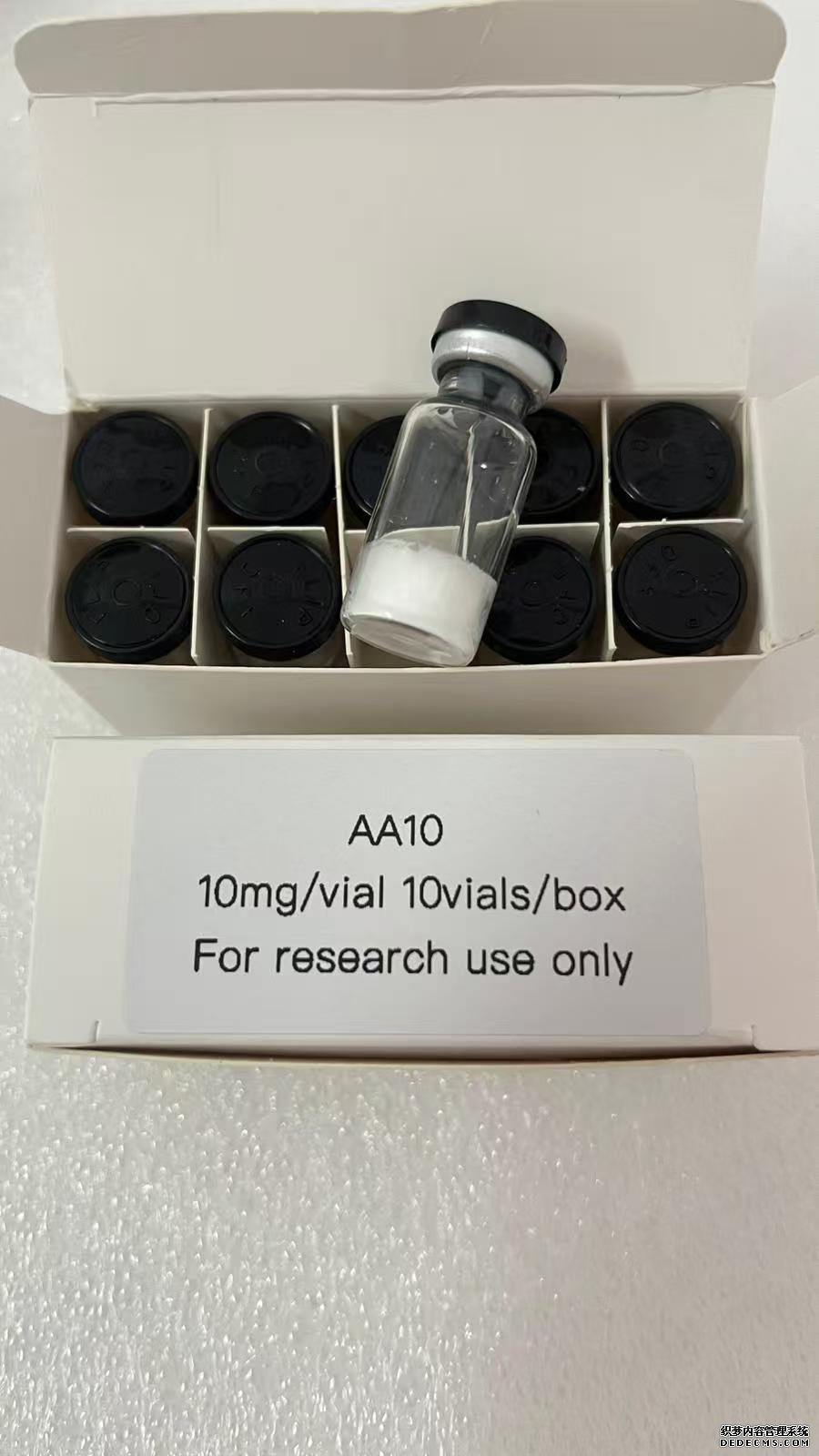Blog
What is CJC1295 without DAC?
Writer: admin Time:2025-07-10 09:21 Browse:℃
CJC1295 represents a growth hormone-releasing hormone (GHRH) analogue capable of stimulating growth hormone release. There are two variants of CJC1295: those with "DAC" (Drug Affinity Complex) and those "Without DAC".
Application of CJC1295 without DAC
CJC-1295 sans DAC functions by emulating the physiological actions of endogenous growth hormone-releasing hormones (GHRH) within the organism. Upon administration, it binds to the growth hormone secretagogue receptor, inducing a synergistic elevation of growth hormone levels in a pulsatile manner. This orchestrated process governs the release of growth hormone pulses, furnishing a sustained augmentation in contrast to innate secretion patterns. By potentiating the organism's responsiveness to GHRH and GHRP, CJC-1295 sans DAC intensifies the provocation of growth hormone synthesis, thereby fostering enhanced muscle hypertrophy, heightened vitality, and augmented lipid metabolism.
Owing to its abbreviated half-life, CJC1295 without DAC can be expeditiously metabolized within the organism, potentially mitigating the propensity for adverse reactions. Furthermore, the requisite for more frequent administrations facilitates facile titration of dosage and scheduling to cater to individual exigencies. The abbreviated half-life of CJC1295 sans DAC may also precipitate a swifter onset of action, particularly in exigencies necessitating rapid augmentation of growth hormone levels. In light of the divergent responses individuals may manifest towards protracted-release formulations such as DAC-incorporated CJC1295, CJC1295 without DAC proffers a pliable alternative, accommodating variances in physiological responsiveness.
Mechanism of Action
CJC-1295 without DAC works by mimicking the action of GHRH. When administered, it binds to GHRH receptors in the pituitary gland, which leads to an increase in the secretion of growth hormone. This increase in growth hormone can result in various physiological benefits, including muscle growth, fat loss, and improved recovery times.
What is the difference between CJC-1295 and CJC-1295 with DAC?
CJC-1295 and CJC-1295 with DAC are both peptides that are used for their potential to increase growth hormone levels, but they differ significantly in their structure and duration of action due to the addition of DAC (Drug Affinity Complex). Here's a detailed comparison:
CJC-1295 (Without DAC)
Structure: CJC-1295 without DAC is a modified form of GRF (1-29), also known as Sermorelin. It has been modified to enhance its stability and half-life compared to the original GRF (1-29). CJC-1295 with DAC includes the Drug Affinity Complex (DAC), which is a modification that extends the peptide's half-life significantly.
Half-Life: CJC-1295 without DAC has a relatively short half-life, typically around 30 minutes to an hour. This requires frequent dosing, often multiple times per day, to maintain elevated growth hormone levels. The addition of DAC increases the half-life of CJC-1295 to about 8 days, meaning that it remains active in the body for a much longer period. This reduces the frequency of injections needed, often to once or twice per week.
Mechanism of Action: CJC-1295 without DAC acts by stimulating the release of growth hormone from the pituitary gland in a pulsatile manner, mimicking the natural release patterns of growth hormone. CJC-1295 with DAC also stimulates the release of growth hormone but does so in a more sustained manner due to its extended half-life. This results in more consistent levels of growth hormone over a longer period.
| CAS | Name | Description |
| 86168-78-7 | Sermorelin | Sermorelin is a synthetic peptide analogue of growth hormone-releasing hormone (GHRH), a naturally occurring hormone that stimulates the production and release of growth hormone by the pituitary gland. |
| CJC-1295 acetate | CJC-1295 acetate, on the other hand, is a modified form of CJC-1295 with a longer half-life. The acetate modification increases the stability of the peptide in the body, prolonging its effects. This allows for less frequent dosing compared to CJC-1295 without DAC. | |
| 170851-70-4 | ipamorelin | It is a synthetic peptide that acts as a selective agonist of the growth hormone secretagogue receptor, stimulating the release of growth hormone from the pituitary gland. |
| Ipamorelin diacetate | It is a synthetic peptide known for its ability to stimulate the release of growth hormone by binding to the ghrelin receptor. It's often used in research settings to study growth hormone secretion and its effects on various physiological processes, such as muscle growth, metabolism, and bone density. |
Synthesis route of CJC1295 Without DAC
Solid-phase peptide synthesis (SPPS): The synthesis typically begins with SPPS, a method widely used to produce peptides. In this process, the peptide chain is built step-by-step on a solid support, usually a resin.
Protection of Functional Groups: During SPPS, various functional groups of the amino acids must be protected to ensure selective reactions. For instance, the N-terminus and side chains of certain amino acids might require temporary protection.
Coupling Reactions: Amino acids are sequentially added to the growing peptide chain. Each addition involves coupling the protected amino acid to the growing peptide chain using coupling reagents such as DIC (diisopropylcarbodiimide) or HBTU (2-(1H-benzotriazol-1-yl)-1,1,3,3-tetramethyluronium hexafluorophosphate).
Removal of Protecting Groups: After each coupling step, the protecting groups are removed to expose reactive functional groups for the next coupling reaction.
De-protection and Cleavage: Once the desired peptide sequence is assembled on the solid support, the peptide is cleaved from the resin and deprotected simultaneously. Commonly used cleavage reagents include trifluoroacetic acid (TFA) along with scavengers like triisopropylsilane (TIS) to prevent side reactions.
Purification and Characterization: The crude peptide is then purified using techniques such as reverse-phase high-performance liquid chromatography (RP-HPLC) to isolate the desired product from impurities. The purified peptide is characterized using analytical techniques like mass spectrometry and high-performance liquid chromatography to confirm its identity and purity.
Lyophilization: Finally, the purified peptide is typically lyophilized (freeze-dried) to obtain a stable solid form that can be stored for long periods.






 QQ客服
QQ客服